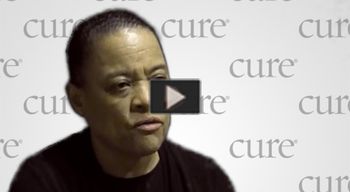
Lisa Richardson, M.D., M.P.H., director of the Centers for Disease Control and Prevention's (CDC) Division of Cancer Prevention and Control, discusses the CDC's role in the National Cancer Moonshot Initiative.

Lisa Richardson, M.D., M.P.H., director of the Centers for Disease Control and Prevention's (CDC) Division of Cancer Prevention and Control, discusses the CDC's role in the National Cancer Moonshot Initiative.
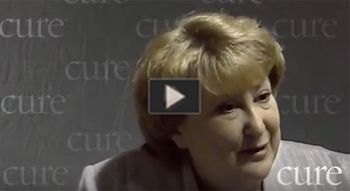
Patricia J. Goldsmith, CEO of CancerCare, discusses the importance of coordinating between health care professionals as a patient moves into survivorship and converts to treating cancer as a chronic illness.
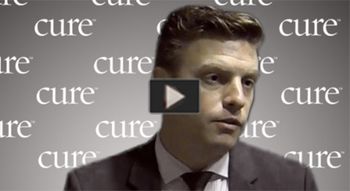
Jeff Allen, president and CEO of Friends of Cancer Research, shares what he hopes continuing advancements and the Cancer Moonshot will achieve in cancer care.
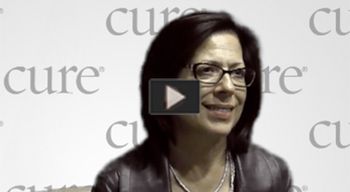
Elizabeth Jaffee, M.D., deputy director of the Johns Hopkins Sidney Kimmel Cancer Center, discusses plans to maintain momentum on the Cancer Moonshot initiative.
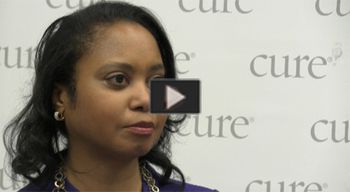
Donna Cryer, CEO and president of the Global Liver Institute, discusses the importance of having diverse clinical trials in cancer care.
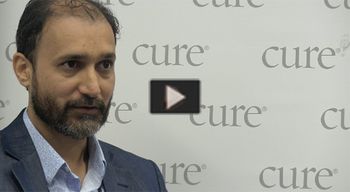
Syed Jafri, M.D., an assistant professor at the University of Texas McGovern School of Medicine, discusses the potential role that stress could play in lung cancer diagnoses.
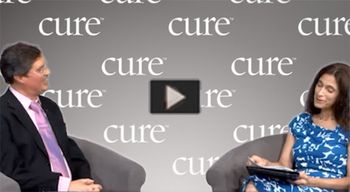
Richard Boulay, M.D., chief of the division of Gynecologic Oncology at the Lehigh Valley Health Netowrk, tells the story of removing a 140-pound tumor from Mary Clancy. The tumor had been growing for at least 10 years when it was caught by a CAT scan, and was about half her body weight.
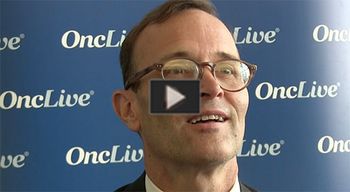
Jeffrey Holzbeierlein, M.D., University of Kansas Medical Center, discusses how important it was that a multidisciplinary team came together to create the non-metastatic muscle-invasive bladder cancer guidelines.
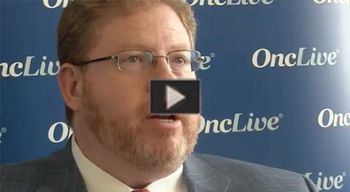
Jonathan E. Rosenberg, M.D., medical oncologist at Memorial Sloan Kettering Cancer Center, discusses the new treatment guidelines for patients with non-metastatic muscle invasive bladder cancer.

NFL player and founder of the Chris Draft Family Foundation, Chris Draft, explains what caregivers need to know.
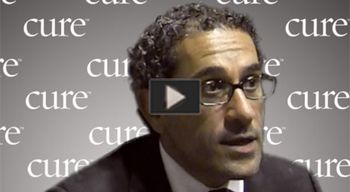
Ramy Ibrahim, M.D., vice president of Clinical Development at the Parker Institute for Cancer Immunotherapy discusses how the institute's mission aligns with the mission of the Cancer Moonshot.

Sandra Allen-Bard, MSN, ANCC, AOCNP, of Weill Cornell Medical Center, discusses the impact myeloproliferative neoplasms can have on patients' quality of life.

Fay Hlubocky, Ph.D., M.A., University of Chicago Medicine, discusses the challenges that women with ovarian cancer face that may be different than those diagnosed with other cancers.

Greg Simon, CEO of the Biden Cancer Initiative, discusses the transition from the Cancer Moonshot Initiative to the Biden Cancer Initiative.

Mindy Mintz Mordecai, founder, president, and CEO of the Esophageal Cancer Action Network (ECAN), discusses the link between acid reflux and esophageal cancer.
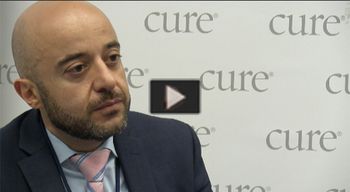
Rami S. Komrokji, M.D., clinical director of Hematologic Malignancies at Moffitt Cancer Center, discusses an unmet need in the treatment of myelodysplastic syndrome (MDS).

Axel Hoos, M.D., Ph.D. of GlaxoSmithKline discusses the ATOM Initiative.

Juergen Klenk of Deloitte Consulting discusses their partnership with the XPRIZE foundation to build a cancer XPRIZE competition.

Carolyn R. Aldige, founder and president of the Prevent Cancer Foundation, discusses the importance of cancer prevention.

Irene Hutchins, M.D., and her patient Steve Valentine, both accomplished ballroom dancers, made a pact to dance together once he had recovered from late-stage Burkitt lymphoma. They performed their victory dance June 11 during Cancer Survivors Day at Scripps Green Hospital, in La Jolla, California, where Hutchins treated Valentine.
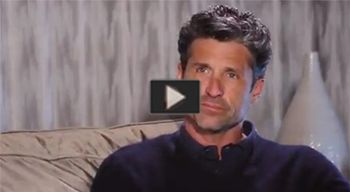
Patrick Dempsey, actor and founder of the Dempsey Center, in Lewiston, Maine, sat down with CURE® in May to discuss the importance of supportive care for patients with cancer.
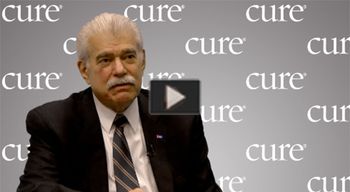
Len Lichtenfeld, M.D., Deputy Chief Medical Officer at the American Cancer Society answers the question, “What is the best anti-cancer diet?”

Joseph Greer, Ph.D., Clinical Director of Psychology and Research Scientist in the Center for Psychiatric Oncology & Behavioral Sciences at Massachusetts General Hospital, explains a mobile app to help anxiety in patients who have incurable cancer.

The Dempsey Center, founded by Patrick Dempsey in his hometown of Lewiston, Maine, improves the quality of life for individuals, families and communities impacted by cancer. All services are provided at no cost, regardless of where treatment is received, not only to patients but also their caregivers and families.
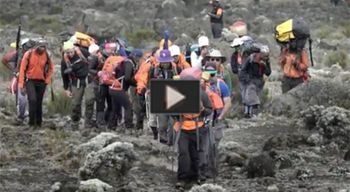
A team of patients, researchers, advocates and loved ones climbed Mount Kilimanjaro, Africa's highest mountain, to raise money for multiple myeloma awareness and research, benefitting the Multiple Myeloma Research Foundation.
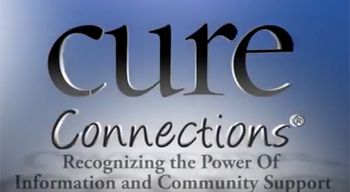
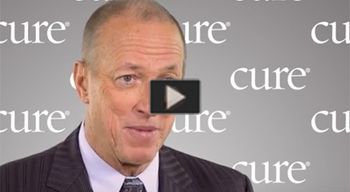
NFL Hall of Famer and cancer survivor Jim Kelly discusses how he deals with pain after a cancer diagnosis and stays motivated to keep moving forward.
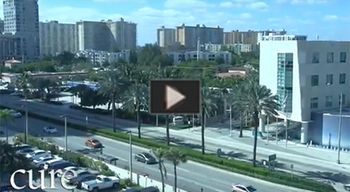
Omid A. Hamid, M.D., of The Angeles Clinic and Research Institute and Jason J. Luke, M.D., of University of Chicago Medicine, share treatment approaches on the horizon for patients with melanoma.

NFL Hall of Famer Jim Kelly discusses what inspires him to continue fighting for patients with cancer.

NFL Hall of Famer Jim Kelly discusses his thoughts when he was diagnosed with neck squamous cell carcinoma in his upper jaw.